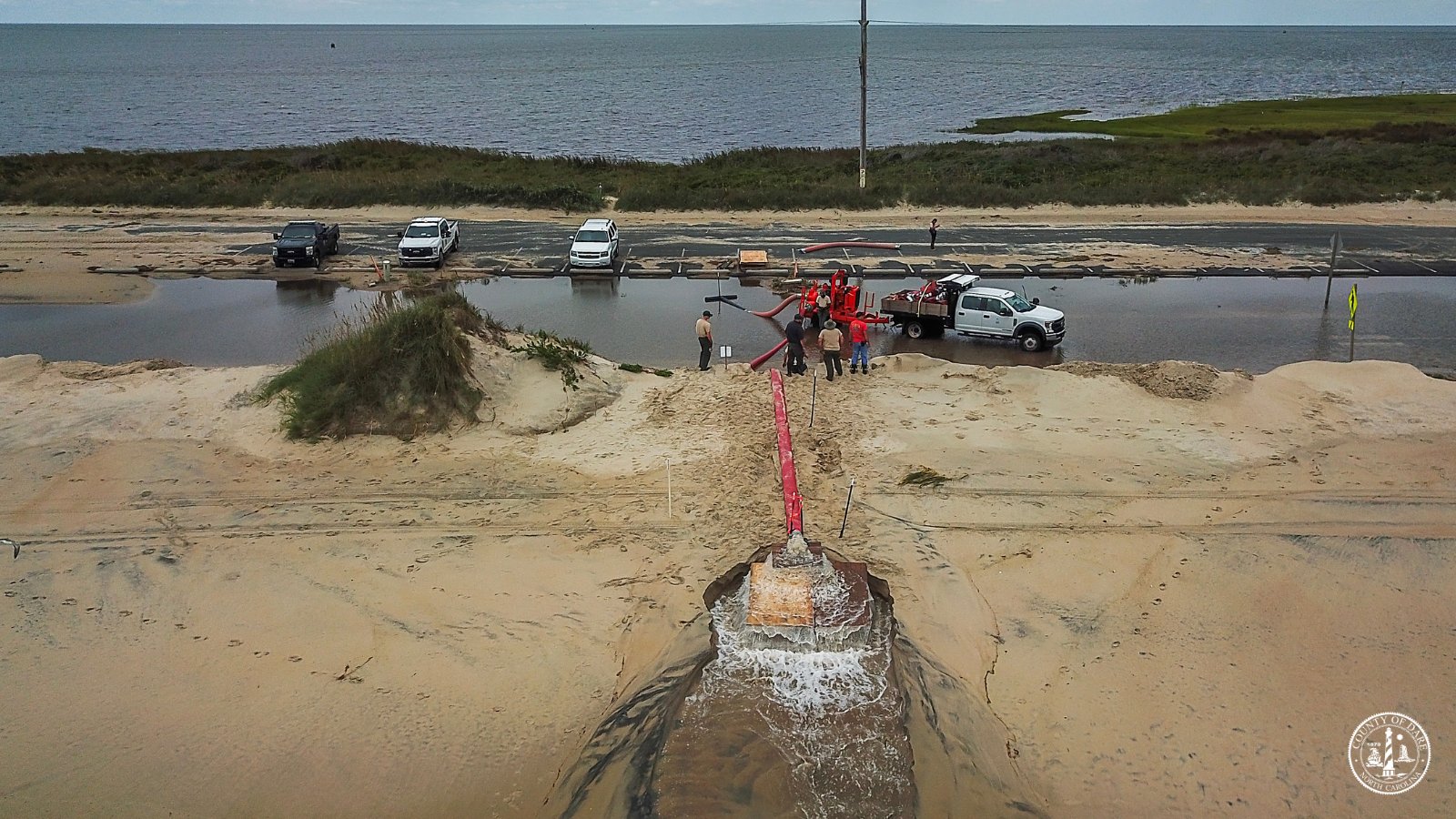What we’re watching: Weekly disaster update, August 25

We know all too well that disaster can strike anytime, anywhere in the world. Some disasters make headlines; others do not. Here at the Center for Disaster Philanthropy (CDP), we monitor the status of disasters worldwide and compile a list of the ones we’re tracking weekly, along with relevant disaster-related media coverage.
Here’s what we’re watching for the week of Aug. 25, 2025.
New or Emerging Disasters
Typhoon Kajiki – Vietnam: Typhoon Kajiki made landfall in Vietnam on Monday, Aug. 25, with winds of up to 82 mph. At least three people were killed across three provinces and 13 others were injured. The storm also damaged close to 7,000 homes and flooded 28,800 hectares of rice fields. Ahead of the storm, schools and public buildings were converted into shelters, at least 585,000 people were ordered to evacuate, and flights were canceled. More than 300,000 military personnel were mobilized on standby for rescue operations.
After moving over Vietnam, the storm moved into Thailand and Laos.
Extreme heat, drought – Iran: For the past month, Iran has ordered all public offices and schools to close every Wednesday to reduce energy and water use amid high temperatures and drought. The relentless heat has caused major blackouts and a severe water shortage.
Most Iranians experience daily cuts in power and water, meaning they cannot run air conditioners or use tap water to cool off in temperatures reaching 122° F. Rising frustration over these hardships has sparked protests, revealing how environmental collapse and infrastructure failures drive public unrest.
Previous/Ongoing Disasters
Hurricane Erin – U.S.: Despite being downgraded to a Category 2 hurricane, the storm was still twice the size of a normal hurricane at 600 miles wide as it churned in the North Atlantic last week. The effects of the storm were felt along the eastern seaboard.
In New Jersey, high waves caused massive flooding in Egg Harbor Township along the shore, requiring at least 16 people to be rescued. In North Carolina, the strong winds and swells caused localized flooding and road closures.
Wildfires – California: A report released on Aug. 6 in the Journal of the American Medical Association stated that 440 people died from the Eaton-Palisades fires in LA County, nearly 14 times higher than the official count of 31.
Floods – Pakistan: Since the monsoon season began in June 2025, there have been 785 fatalities and more than 1,000 people injured due to catastrophic flooding. The disaster has damaged over 661 km of roads, 234 bridges, nearly 4,700 houses, and resulted in the loss of more than 5,400 livestock, severely impacting mobility, livelihoods and access to services.
The floods have become so extreme because climate change has caused temperatures to rise, which increases evaporation, so the atmosphere can hold more moisture, leading to powerful downpours.
Famine – Gaza: IPC reported, “As of 15 August 2025, Famine (IPC Phase 5)—with reasonable evidence—is confirmed in Gaza Governorate. After 22 months of relentless conflict, over half a million people in the Gaza Strip are facing catastrophic conditions characterised by starvation, destitution and death. Another 1.07 million people (54 percent) are in Emergency (IPC Phase 4), and 396,000 people (20 percent) are in Crisis (IPC Phase 3).”
Complex Humanitarian Emergencies – Democratic Republic of Congo
When a country experiences political conflict, climate shocks, famine, economic challenges or other conditions, it may suffer a complex humanitarian emergency (CHE). CDP maintains complete profiles on several CHEs. Every week, we highlight these and other CHEs, hoping to build awareness and increase philanthropic response.
The humanitarian situation in the Democratic Republic of Congo (DRC) is among the most severe globally, marked by escalating armed conflict, mass displacement, severe food insecurity, repeated disease outbreaks and critical shortages in aid.
Key facts:
- Armed clashes in North Kivu, South Kivu, and Ituri have intensified, causing the displacement of over 7.8 million people.
- Non-state armed groups, particularly M23 and AFC, have forcibly seized territory and targeted civilians, resulting in mass casualties.
- Nearly 28 million people—over a quarter of the DRC’s population—face acute food insecurity, with 4 million people experiencing emergency levels (IPC Phase 4).
- The DRC’s health system is near collapse, overburdened by outbreaks of cholera, Ebola, measles, malaria and mpox.
- At least 70% of health facilities in North Kivu are non-functional, having been destroyed or evacuated.
- Conflict-related sexual violence is rampant, with record levels of rape and sexual slavery, especially among women and girls in displacement sites, conflict zones and at the hands of armed groups.
- Child recruitment remains common. Thousands of children (both girls and boys) are forcibly conscripted as fighters, porters, spies, or subjected to sexual abuse and forced marriage.
Humanitarian workers face constant security threats, while evacuation routes and aid delivery have been hindered by fighting and logistical blockages, including the closure of Goma Airport.
Funding shortfalls are critical. The humanitarian plan is severely under-resourced, leaving millions without shelter, water, food and health care. Humanitarian efforts continue, but needs far exceed available resources.

What We’re Reading
- “The crisis isn’t over” – Maui kids’ mental health needs are mounting – Honolulu Civil Beat
- Congo Has Astronomical Rates of Sexual Violence. Now Victims Have Lost Access to Care – The New York Times
A moment of hope… After 33 years, lotus flowers are blooming once again in Kashmir’s Wular Lake, thanks to a massive de-silting and conservation effort that removed 8 million cubic meters of silt deposited by decades of pollution and flooding. This ecological restoration has revived an important local plant species and a vital cultural and economic tradition, reconnecting the community with its heritage of harvesting and cooking lotus stems. Locals view the return of the blooms as both an environmental triumph and the resurgence of lost livelihoods and culinary practices, marking a new era of renewal for the region.
